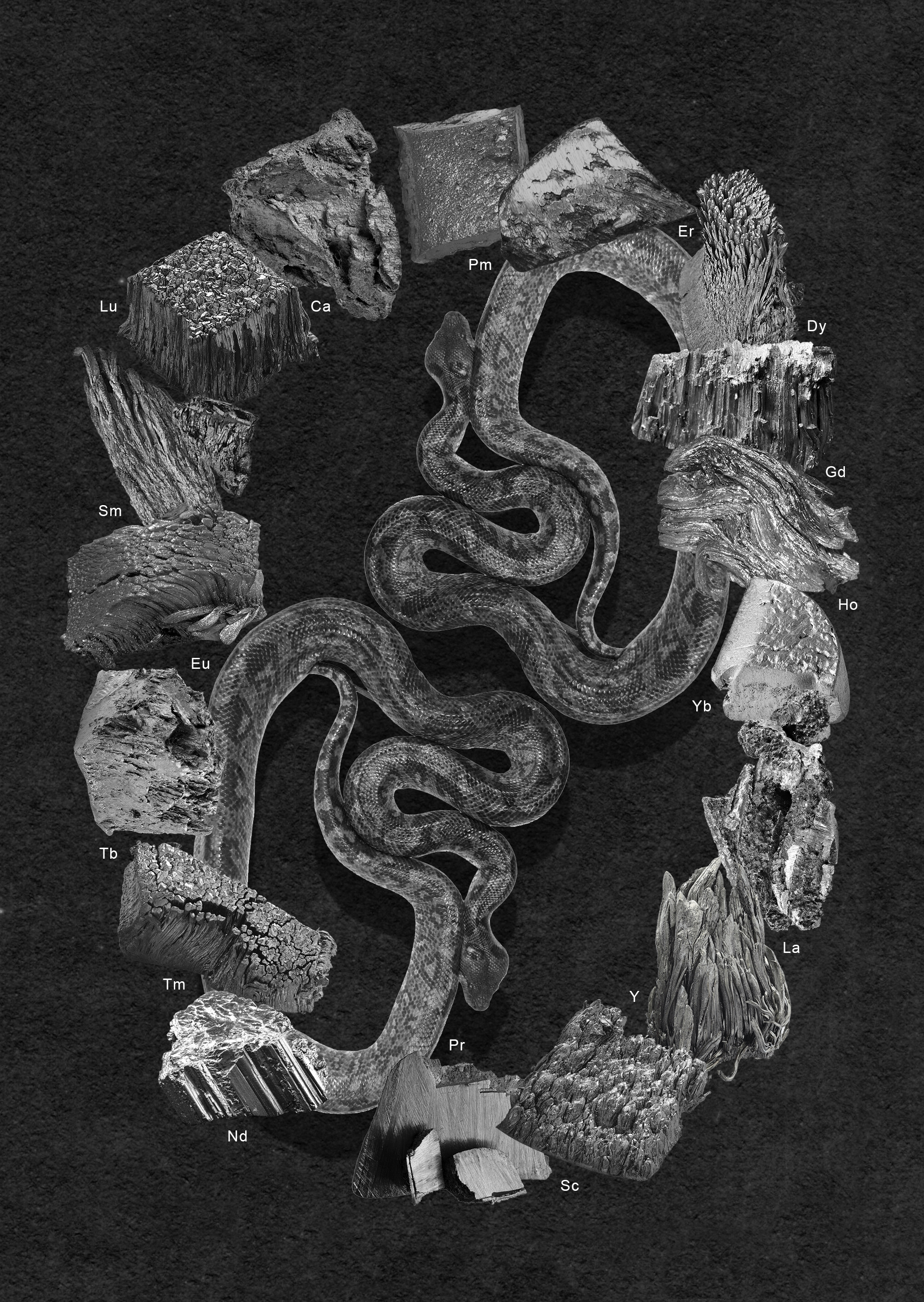Journey to the Center of the Earth
Journey to the Center of the Earth exhibition makes reference to the location and history of the BWA Wrocław Główny gallery, bringing together the venue’s two key themes: travel and hard coal. The exhibition analyses the centuries-old dominant anthropocentric view, which considered man as the most important entity in the universe.

The exhibition’s starting point is Julius Verne’s 1864 novel, in which the main characters embark on a subterranean quest: a peculiar time travel. As they descend to the Earth’s core, they experience numerous fantastic adventures, characteristic of 19th-century science-fiction novels. They begin their journey abseiling into the crater of Iceland’s Snæfellsjökull volcano, and as they venture deeper into its depths, the adventurers travel back to the earliest periods of life on our planet. They observe palaeontological traces of plant and animal life, catch prehistoric fish, discover a forest of giant fungi, witness a battle of two marine dinosaurs, and ultimately find the remains of fossil man. The entire subterranean structure seems downright made for people to inhabit the underground. Although Verne’s work may seem naïve from a present-day perspective, the book is a literary example of the perceptions of the conquest of the planet, and of centuries-old dominant anthropocentrism, which considered man as the most important entity in the universe.
Journey to the Center of the Earth takes the form of a visual essay, in which art illustrates the human relationship with the earth’s entrails. At the same time, the exhibition brings together two themes central to its location: travel and hard coal. The historic spaces of the BWA Wrocław Główny gallery, situated on the first floor of the Central Station, host over 30 works diverse media – from painting and sculpture, to installation and collage, to photography and film. The invited artists explore the human approach to geological resources; the display calls to mind the natural history museums of the past. The works feature visions of subterranean worlds and the origins of life, as well as addressing the issue of fossil fuel extraction and combustion, processes that strictly determine the conditions of politico-economic life. Humans are presented in relation to the underground – with its resources, rocks, minerals and archaeological artefacts. The exhibition proposes a reading of Verne’s book by applying today’s knowledge of Anthropocene – the era appropriated by humans, and of the consequences of the planet’s transformations.

- Artists: Kateryna Aliinyk, Kuba Bąkowski, Piotr Blajerski, Agnieszka Brzeżańska, Lia Dostlieva, Maria Gostylla, Nicolas Grospierre, Agnieszka Kalinowska, Michał Łuczak, Patrycja Orzechowska, Laura Pawela, Michał Smandek, Łukasz Surowiec, Marta Szulc, Stach Szumski & Nestor Peixoto Aballe (Insane Temple), Bartosz Zalewski
- Curator: Joanna Kobyłt
- Production: Karolina Jaworska, Patrycja Ścisłowska
- Promotion: Żaneta Wańczyk
- Visual identity and design: Patrycja Orzechowska
- Assembly: Tomasz Koczoń, Maciej Mituś, Marcin Pecyna, Michał Perucki
- Translation: Olga Bednarchuk, Alicja Grabarczyk
- Organiser: BWA Wrocław Galerie Sztuki Współczesnej
- Media Patrons: TOK FM, Magazyn SZUM, HERITO

